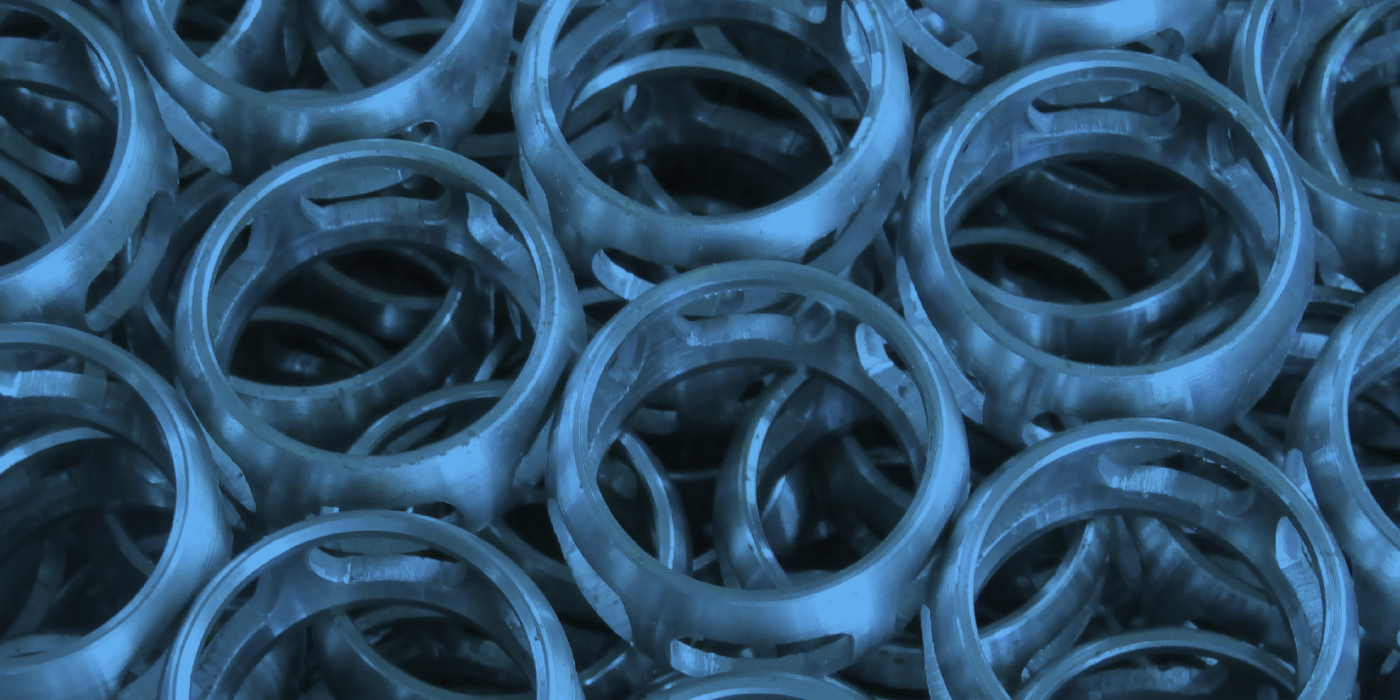







The campaign aims to raise $65,000 through 1,000 donations of $65 each.
The Automotive Aftermarket Charitable Foundation (AACF) announced the launch of its 65th-anniversary fundraising initiative. Running through July 1, 2024, the campaign aims to raise $65,000 through 1,000 donations of $65 each. This impactful effort highlights the industry's commitment to taking care of its own, the AACF said. From sudden illness and death to natural disasters, the foundation has provided assistance to industry professionals and their families during their darkest hours. As AACF celebrates its 65th year of service, it remains steadfast in its mission to provide financial support and resources to those in the automotive aftermarket industry in need, the organization said. In honor of this milestone, AACF is calling upon automotive aftermarket industry professionals, as well as compassionate individuals eager to lend a helping hand, to join forces in raising $65,000. By making a symbolic donation of $65, supporters can contribute to a fund that offer vital assistance during a time of greatest need. "Over the past 65 years, AACF has remained unwavering in its commitment to supporting members of the automotive aftermarket community during their most challenging moments," said Joel Ayres, AACF executive director. "As we embark on this historic fundraising initiative, we are inspired by the generosity and compassion of our supporters. Together, we can make a profound difference in the lives of those facing adversity, demonstrating the industry's unwavering dedication to taking care of its own."
Whether new or remanufactured, complete CV axle assemblies can throw you a curveball from time to time.

Here are the some key installation and service tips to make your next timing belt job just a little easier.

The point here is not to fear a customer complaint about a CVT transmission.

The Mercedes-Benz 4MATIC all-wheel drive (AWD) systems have been around for a while now.

The release provides new coverage in 53 distinct product categories and 47 part numbers for 2023 and 2024 model-year vehicles.
Grew company from small machine shop to global leader in car lifts and garage equipment.
You can get a good idea of what to expect by adding the official ASE practice tests to their study plans.
AACF will be announcing more details about this commemorative fundraiser April 1st.